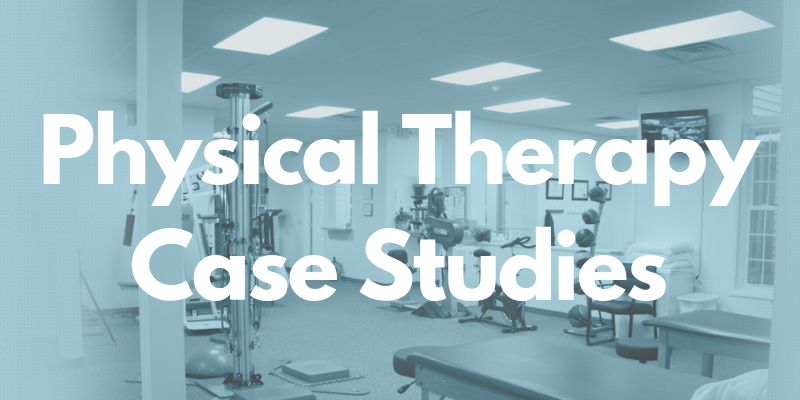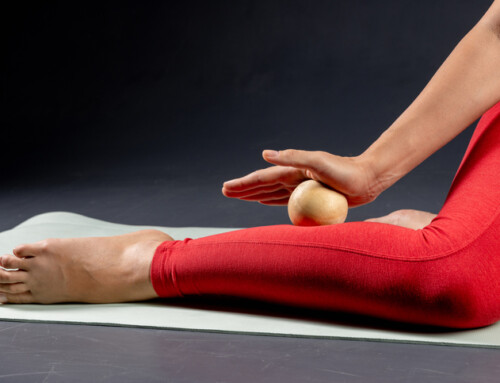
PT for Myesthenia Gravis Case Study
History
A 67-year-old female presented to the clinic approximately 2 weeks after being discharged from the hospital with a diagnosis of an acute Myesthenia Gravis (MG) crisis. MG is a neuromuscular (effecting nerves that tell muscles what to do) autoimmune disease that causes muscle weakness throughout the body, especially through the proximal (trunk) muscles. The patient had been hospitalized for difficulty with eye movements, inability to swallow, and respiratory failure. The patient underwent medical management and when appropriate, was discharged home and referred to physical therapy.
Evaluation
At the patient’s first visit, a variety of objective measurements were taken to assess baseline function and assist the therapist in building an individualized plan of care. Some of these measurements included:
- Ability to perform sit-to-stand transfer (had to use arms of chair, poor utilization of legs to push up)
- Step up test (able to complete 4 step ups onto curb height with upper extremity assistance, rated 5/10 fatigue level)
- Postural assessment (very slouched in chair, inability to sit up “tall”)
- Gait assessment with wheeled walker (unable to walk without assist of walker)
- Upper and lower extremity muscle strength testing (able to perform against gravity, but not with external PT resistance)
- General upper and lower extremity range of motion (limited by weakness)
- Special attention was paid to fatigue levels throughout session
Treatment
Visit 1: Education was provided on activity modification, monitoring fatigue levels, etiology of the current problem, importance of home exercise participation and the plan for future treatments. The patient was educated on exercises to start between the first and second sessions, which included seated exercises to begin to increasing tolerance to exercise.
Follow ups
As stated, special attention was paid to fatigue levels throughout all remaining sessions, as excessive fatigue can set off a MG flare-up. The patient worked toward their functional goals (independent bed mobility, gait, transfers, navigating stairs, and returning to work). She also began using the recumbent bicycle to increase cardiovascular endurance as well. Therapeutic activities included: sit to stand practice, step up endurance, balance activities, postural strengthening and core activation.
Results
After 1 month of physical therapy the patient improved:
- Ability to perform sit-to-stand transfer (able to perform 2 transfers without use of arms, proper push through both legs)
- Step up test (able to complete 8 step ups onto step height without any upper extremity assistance, rated 2/10 fatigue level)
- Postural assessment (to sit up “tall,” did not require cuing from physical therapist)
- Gait assessment with wheeled walker (able to walk independently, without walker at all times)
- Upper and lower extremity muscle strength testing (able to perform against gravity and with moderate external PT resistance)
- General upper and lower extremity range of motion (within functional limits)
The patient continues to attend physical therapy 2-3 days/week to progress strength, endurance and overall function.
For more information on this case study, PT for myesthenia gravis, or to make an appointment for an evaluation or treatment, contact us at one of our three physical therapy clinics in Queensbury, Malta or Saratoga NY at 518-289-5242.





